
The Enchanting Parc de Versailles: A Royal Retreat
Discover the majestic beauty of Parc de Versailles, where history, nature, and art converge in a breathtaking royal garden just outside Paris.
Parc de Versailles, located in the charming town of Versailles, France, is an expansive and historically rich destination that promises a delightful experience for any visitor. The park, which is part of the iconic Palace of Versailles, spans over 800 hectares and is a testament to the grandeur of French landscape design. The vast gardens, meticulously crafted by André Le Nôtre, are adorned with beautiful statues, fountains, and well-manicured lawns. Walking through these gardens is like stepping back in time to the era of French royalty. One of the highlights of the park is the Grand Canal, a stunning body of water that stretches for 1.5 kilometers. Visitors can rent rowboats and enjoy a leisurely paddle, taking in the serene surroundings. Another must-see is the Orangery, a grand building that houses an impressive collection of citrus trees, some of which are over 200 years old. The Orangery Garden is a spectacle in itself, with its perfectly symmetrical layout and vibrant flower beds. The Parc de Versailles also offers a range of activities for visitors. There are numerous walking and cycling paths that provide different perspectives of the park's beauty. For those interested in history, guided tours are available to learn more about the park's royal heritage and the stories behind its creation. Whether you are a history buff, a nature lover, or simply looking for a peaceful escape, the Parc de Versailles has something to offer everyone.
Local tips in Parc de Versailles
- Arrive early to avoid the crowds and enjoy the serenity of the gardens.
- Rent a rowboat on the Grand Canal for a unique perspective of the park.
- Wear comfortable shoes as the park is vast and requires a lot of walking.
- Check the schedule for fountain shows to witness the gardens come to life with water displays.
- Bring a picnic to enjoy a meal amidst the picturesque scenery.
The Enchanting Parc de Versailles: A Royal Retreat
Parc de Versailles, located in the charming town of Versailles, France, is an expansive and historically rich destination that promises a delightful experience for any visitor. The park, which is part of the iconic Palace of Versailles, spans over 800 hectares and is a testament to the grandeur of French landscape design. The vast gardens, meticulously crafted by André Le Nôtre, are adorned with beautiful statues, fountains, and well-manicured lawns. Walking through these gardens is like stepping back in time to the era of French royalty. One of the highlights of the park is the Grand Canal, a stunning body of water that stretches for 1.5 kilometers. Visitors can rent rowboats and enjoy a leisurely paddle, taking in the serene surroundings. Another must-see is the Orangery, a grand building that houses an impressive collection of citrus trees, some of which are over 200 years old. The Orangery Garden is a spectacle in itself, with its perfectly symmetrical layout and vibrant flower beds. The Parc de Versailles also offers a range of activities for visitors. There are numerous walking and cycling paths that provide different perspectives of the park's beauty. For those interested in history, guided tours are available to learn more about the park's royal heritage and the stories behind its creation. Whether you are a history buff, a nature lover, or simply looking for a peaceful escape, the Parc de Versailles has something to offer everyone.
Iconic landmarks you can’t miss
Palace of Versailles
Explore the grandeur of the Palace of Versailles, a UNESCO World Heritage site, and experience the opulence of French royal history.
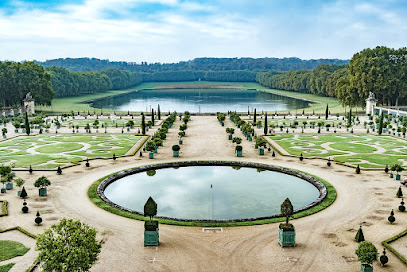
Gardens of Versailles
Explore the breathtaking Gardens of Versailles, where elegance meets nature in a stunning display of French artistry and history.
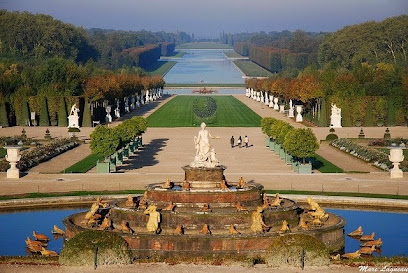
Grand Trianon
Explore the Grand Trianon in Versailles, a stunning historical castle with enchanting gardens and a glimpse into royal life.
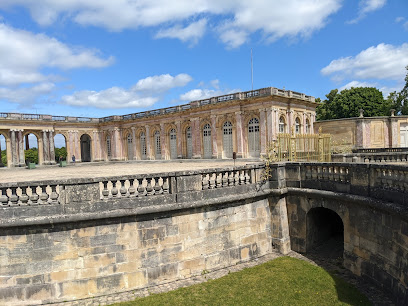
Queen’s Hamlet
Discover the charming Queen's Hamlet in Versailles, a serene escape that reflects the rustic elegance of Marie Antoinette's life and her love for nature.
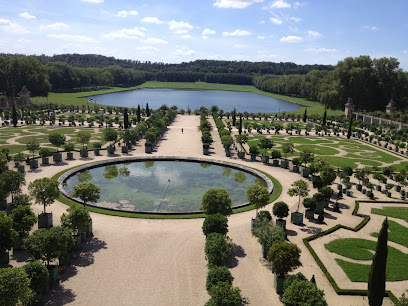
Royal Chapel
Explore the Royal Chapel in Versailles, a Baroque masterpiece showcasing ornate architecture and rich royal history in the heart of France.

Park of Versailles
Explore the breathtaking Park of Versailles, a majestic state park filled with stunning gardens, fountains, and rich French history.
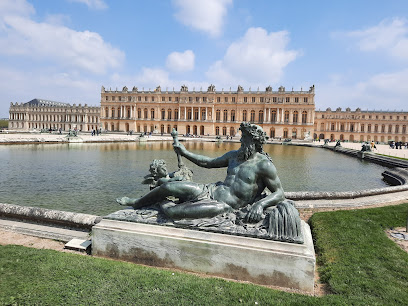
Obelisk Grove
Discover the tranquil beauty of Obelisk Grove at the Château de Versailles, a lush garden oasis steeped in history and elegance.

Saint-Anthony Gate
Explore the stunning Saint-Anthony Gate in Versailles, a remarkable historical landmark that embodies the grandeur of French royal architecture.
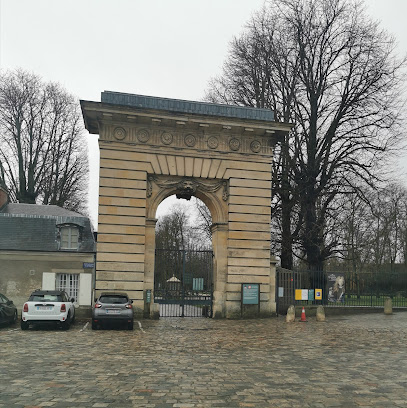
Square des Francine
Explore the serene beauty and historical charm of Square des Francine, a picturesque garden in the heart of Versailles, perfect for relaxation and exploration.
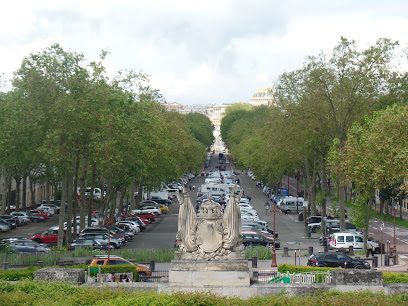
Gardens of the Grand Trianon
Discover the enchanting Gardens of the Grand Trianon, a serene escape with breathtaking landscapes and rich history within the Palace of Versailles.
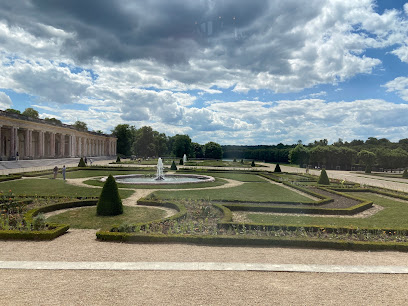
Unmissable attractions to see
Madame Élisabeth's Estate
Experience the historical elegance of Madame Élisabeth's Estate, a peaceful park in Versailles, blending nature and royal heritage.
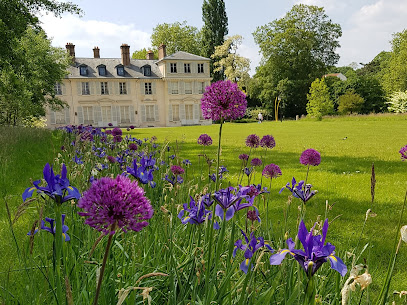
Parc de la Bonne Aventure
Explore the beauty of Parc de la Bonne Aventure, a tranquil park in Versailles filled with lush greenery and vibrant flowers, perfect for relaxation and leisure.
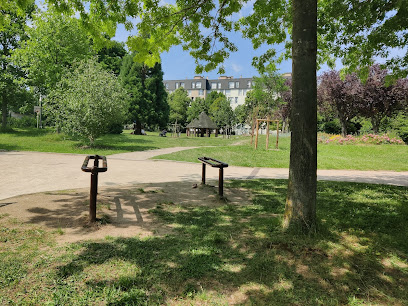
Dragon Pool
Explore the Dragon Pool in Versailles, a serene fountain surrounded by lush gardens and rich history, perfect for relaxation and picturesque views.
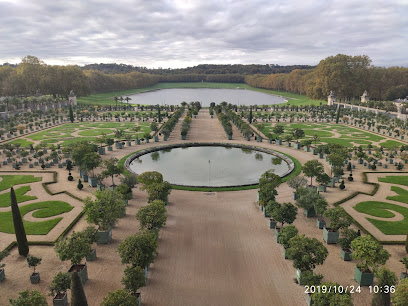
Les petits trains du parc de Versailles (Proxiway)
Experience the enchanting petits trains of Versailles Park, a delightful journey through history and beauty in one of France's most iconic locations.
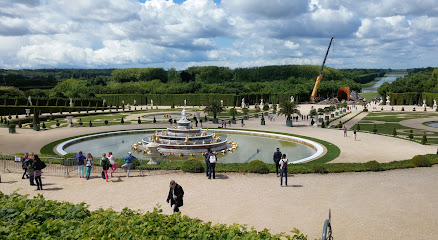
Marie Antoinette's Grotto
Explore the serene beauty of Marie Antoinette's Grotto, a tranquil retreat within the exquisite gardens of the Palace of Versailles.
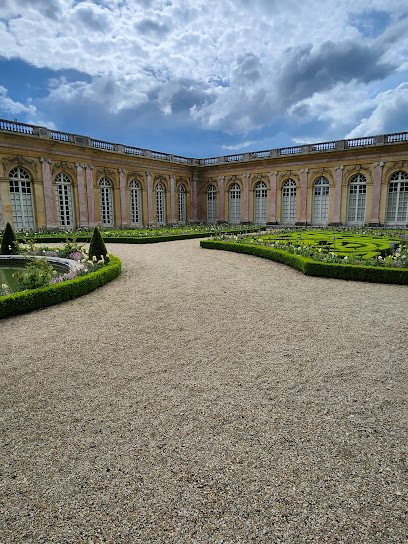
Récollets Garden
Discover tranquility and beauty at Récollets Garden in Versailles, a perfect escape for nature lovers and history enthusiasts.

Essential places to dine
La Flottille
Discover La Flottille in Versailles - where exquisite French cuisine meets stunning park views for an unforgettable dining experience.
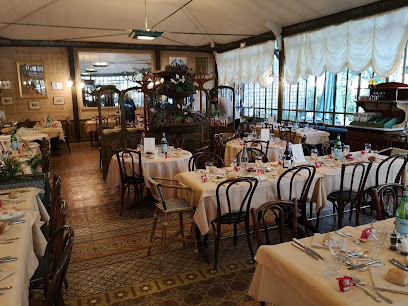
Le Bœuf à la Mode
Discover authentic French cuisine in Versailles at Le Bœuf à la Mode - where tradition meets taste in every dish.
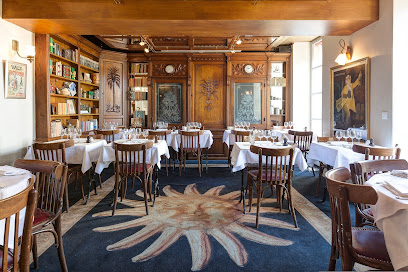
Ore - Ducasse au château de Versailles
Dine amidst the grandeur of Versailles at Ore - Ducasse au Château de Versailles, where culinary artistry meets historical elegance.
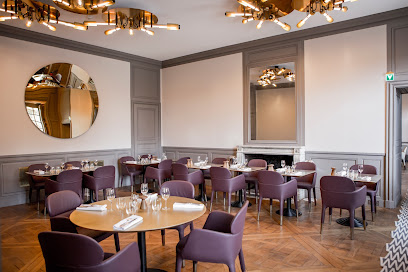
La Petite Venise
Discover La Petite Venise: where traditional French and Italian cuisine meets enchanting gardens in the heart of Versailles.

Restaurant La Tour
Discover exquisite French cuisine at Restaurant La Tour in Versailles—where every dish tells a story.
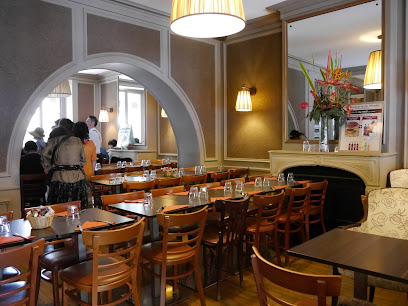
Le Bistrot du 11
Experience authentic French cuisine at Le Bistrot du 11 in Versailles – where tradition meets culinary excellence.
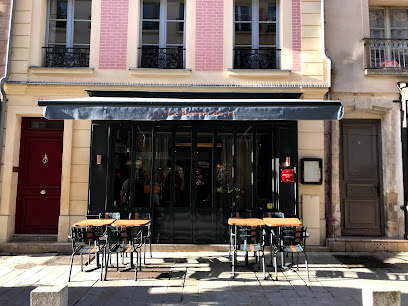
La Table du 11
Discover exquisite French cuisine at La Table du 11 in Versailles – where culinary artistry meets elegant ambiance.
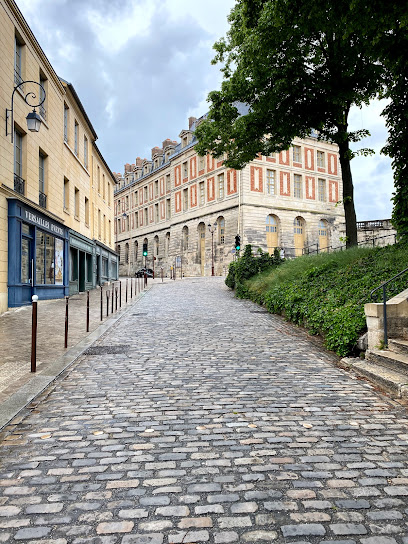
La Veranda
Experience exquisite French cuisine with breathtaking views at La Veranda in Versailles - where luxury meets culinary artistry.
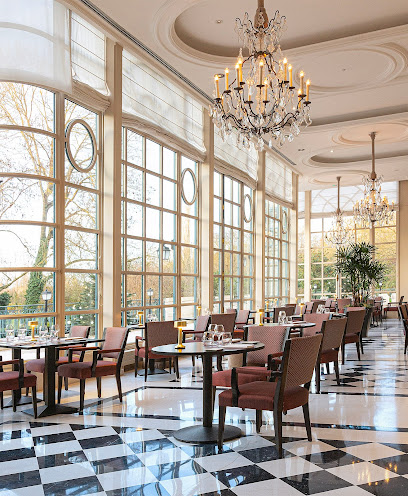
Restaurant Les quatre saisons
Experience authentic French cuisine at Restaurant Les Quatre Saisons in Versailles - where seasonal flavors meet exquisite dining.
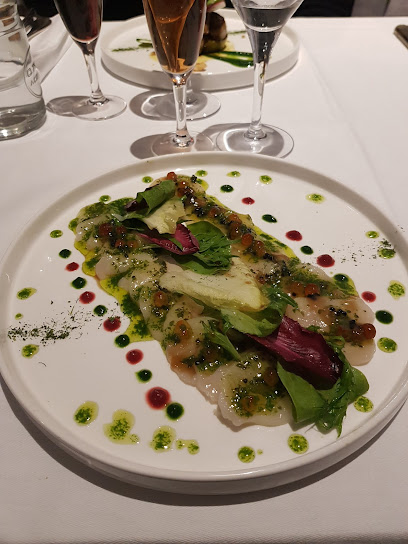
Gordon Ramsay au Trianon
Discover unparalleled dining at Gordon Ramsay au Trianon in Versailles, where exquisite cuisine meets regal elegance.
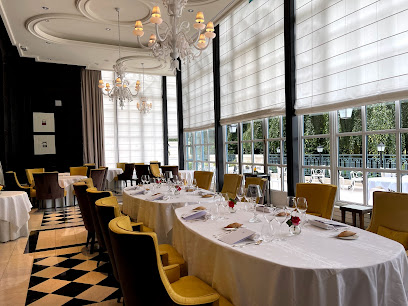
Markets, malls and hidden boutiques
Manga story Versailles
Discover Manga Story Versailles, where anime dreams come to life with an extensive selection of figurines and collectibles in the heart of Versailles.
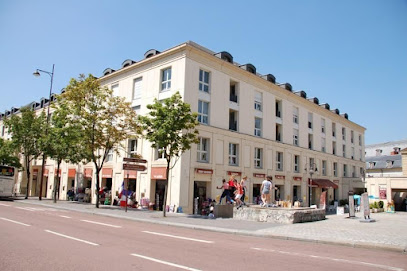
La cour des senteurs
Discover the art of fragrance at La Cour des Senteurs in Versailles, where every scent tells a story and every visit is a sensory delight.

La Route du Thé à Versailles
Experience the finest selection of teas at La Route du Thé in Versailles, where tea culture meets exquisite taste in a charming setting.
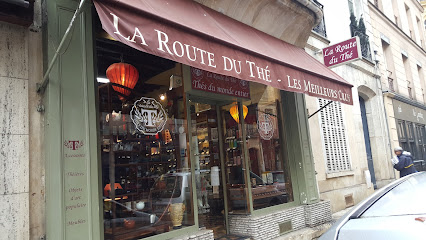
See You
Discover stylish men's clothing and accessories in Versailles at See You, the ultimate destination for fashion enthusiasts seeking quality and elegance.
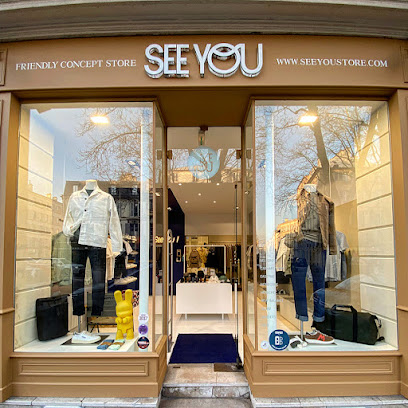
CapsuleMarket
Explore CapsuleMarket, a unique gift shop in Versailles, offering handcrafted treasures, stylish clothing, and delightful paper goods.
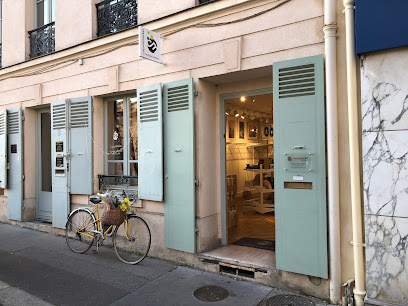
British House
Explore British House in Versailles for a unique shopping experience blending British style with French elegance.
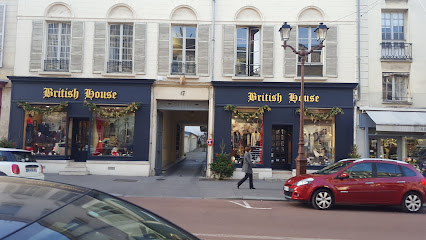
Asamaya
Explore Asamaya in Versailles for exquisite home goods that blend elegance and functionality, perfect for unique gifts and stylish decor.
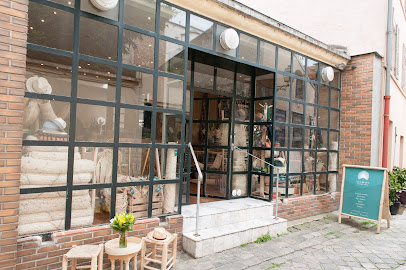
V & V
Explore V & V in Versailles for exquisite perfumes, stylish bags, and unique souvenirs that capture the essence of French elegance.
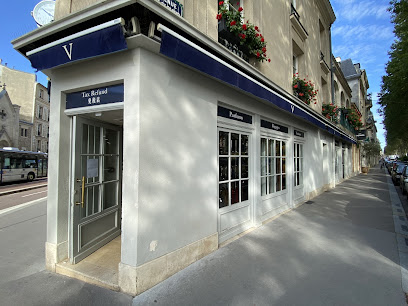
ba&sh - Versailles
Discover chic women's fashion and unique accessories at ba&sh in Versailles, where elegance meets contemporary style.
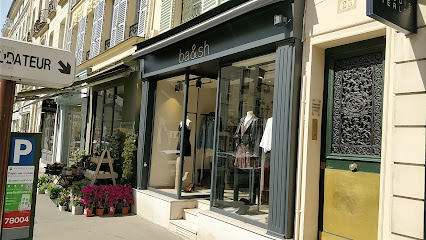
La Boutique du Grand Trianon
Explore La Boutique du Grand Trianon for exquisite souvenirs and artisan gifts inspired by the beauty of the Palace of Versailles.
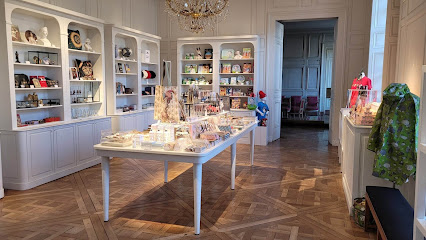
Essential bars & hidden hideouts
La Flottille
Experience authentic French cuisine in the enchanting setting of La Flottille, nestled within the stunning Parc du Château de Versailles.
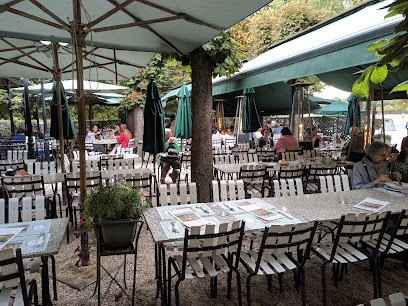
Le Montbauron
Discover Le Montbauron in Versailles: A lively bar and restaurant offering a diverse menu of beers and delicious food in an inviting atmosphere.
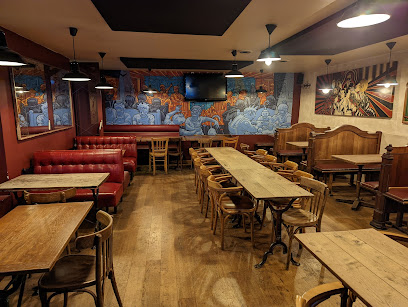
O'Paris
Discover O'Paris, the lively pub in Versailles, offering a delightful mix of local brews, international drinks, and a vibrant atmosphere for all travelers.
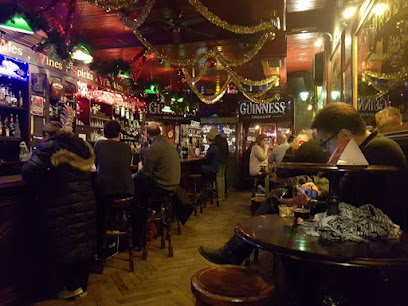
La Petite Venise
Experience exquisite French and Italian cuisine at La Petite Venise, nestled within the enchanting gardens of the Palace of Versailles.
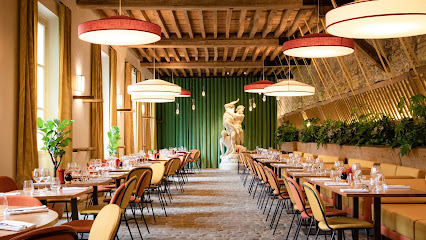
La Pirogue
Experience the vibrant spirit of Versailles at La Pirogue, where exquisite cocktails and delectable dishes await in a charming setting.
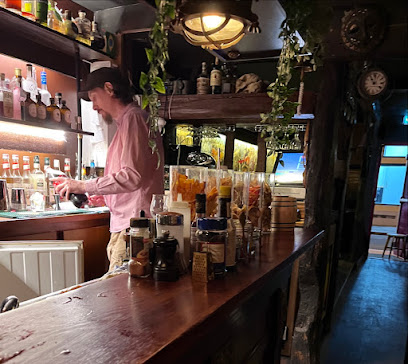
No Water - Bar à vins
Discover exquisite wines and delectable tapas at No Water, a charming wine bar in the heart of Versailles, perfect for a memorable evening.
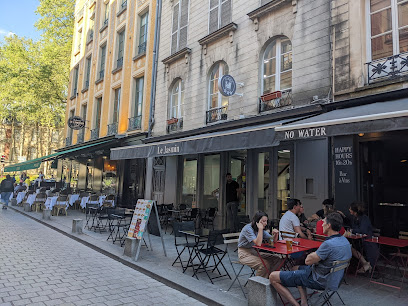
Les Badauds
Experience the vibrant bar culture at Les Badauds in Versailles, offering an extensive cocktail menu and a cozy atmosphere for relaxation.
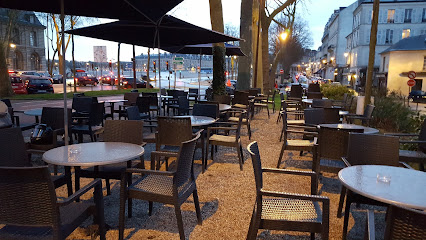
Dorian's pub
Discover the vibrant atmosphere of Dorian's Pub in Versailles, where local charm meets a lively social scene.
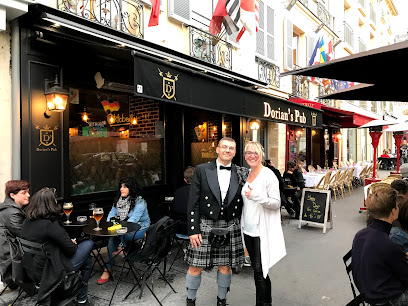
Au Rendez Vous Des Touristes
Discover the charm of Versailles at Au Rendez Vous Des Touristes, a cozy bar offering a taste of local culture and exquisite beverages.
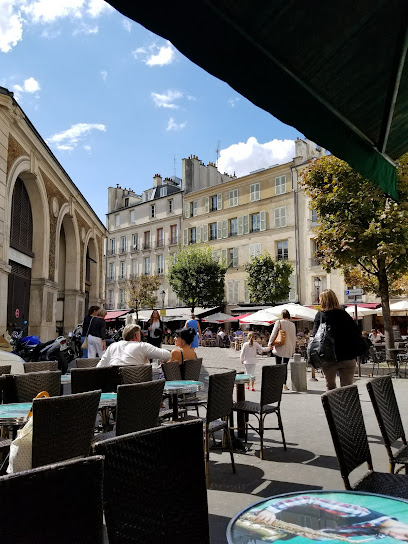
Le loft
Experience the lively ambiance of Le Loft, a bar in Versailles offering tapas, wine, and salsa dancing for an unforgettable night out.
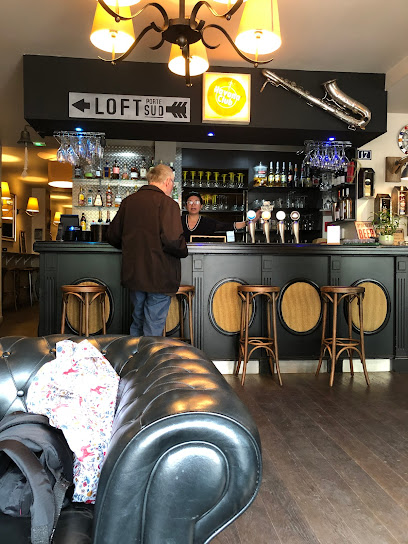
Local Phrases
-
- HelloBonjour
[bohn-zhoor] - GoodbyeAu revoir
[oh ruh-vwahr] - YesOui
[wee] - NoNon
[nohn] - Please/You're welcomeS'il vous plaît/De rien
[seel voo pleh/duh ree-ehn] - Thank youMerci
[mehr-see] - Excuse me/SorryExcusez-moi/Désolé
[ehk-skew-zay mwa/dey-zoh-lay] - How are you?Comment ça va?
[koh-mohn sah vah] - Fine. And you?Bien. Et toi?
[byen/ey twah] - Do you speak English?Parlez-vous anglais?
[pahr-lay voo zahn-glay] - I don't understandJe ne comprends pas
[zhuh nuh kohm-prahnd pah]
- HelloBonjour
-
- I'd like to see the menu, pleaseJe voudrais voir la carte, s'il vous plaît
[zhuh voo-dray vwahr lah kahrt/seel voo pleh] - I don't eat meatJe ne mange pas de viande
[zhuh nuh mahnzh pah duh vyand] - Cheers!Santé!
[sahn-tay] - I would like to pay, pleaseJe voudrais payer, s'il vous plaît
[zhuh voo-dray pay-ay/seel voo pleh]
- I'd like to see the menu, pleaseJe voudrais voir la carte, s'il vous plaît
-
- Help!Au secours!
[oh seh-koor] - Go away!Allez-vous-en!
[ah-lay voo zahn] - Call the Police!Appelez la police!
[ah-peh-lay lah poh-lees] - Call a doctor!Appelez un médecin!
[ah-peh-lay uh meh-deh-sahn] - I'm lostJe suis perdu
[zhuh swee pair-doo] - I'm illJe suis malade
[zhuh swee mah-lahd]
- Help!Au secours!
-
- I'd like to buy...Je voudrais acheter...
[zhuh voo-dray zheh-tay] - I'm just lookingJe regarde juste
[zhuh ruh-gahrd zhewst] - How much is it?Combien ça coûte?
[kohm-byen sah koot] - That's too expensiveC'est trop cher
[say troh shair] - Can you lower the price?Pouvez-vous baisser le prix?
[poo-veh voo beh-say luh pree]
- I'd like to buy...Je voudrais acheter...
-
- What time is it?Quelle heure est-il?
[kell uhr eh-tee] - It's one o'clockIl est une heure
[eel ehz oon uhr] - Half past (10)Dix heures et demie
[dees uhr ay dehm-ee] - MorningMatin
[ma-tan] - AfternoonAprès-midi
[ah-pray mee-dee] - EveningSoir
[swahr] - YesterdayHier
[yehr] - TodayAujourd'hui
[oh-zhoor-dwee] - TomorrowDemain
[duh-mahn] - 1Un
[uhn] - 2Deux
[duh] - 3Trois
[trwah] - 4Quatre
[kahtr] - 5Cinq
[sank] - 6Six
[sees] - 7Sept
[sept] - 8Huit
[weet] - 9Neuf
[nuff] - 10Dix
[dees]
- What time is it?Quelle heure est-il?
-
- Where's a/the...?Où est...?
[oo eh...] - What's the address?Quelle est l'adresse?
[kell eh lah-dress] - Can you show me (on the map)?Pouvez-vous me montrer (sur la carte)?
[poo-veh voo muh mohn-tray/sewr lah kahrt] - When's the next (bus)?Quand est le prochain (bus)?
[kahn eh luh proh-shahn boos] - A ticket (to ....)Un billet (pour ....)
[uhn bee-yay/poor]
- Where's a/the...?Où est...?
History of Parc de Versailles
-
The history of Parc de Versailles is closely intertwined with the rise of the Palace of Versailles in the 17th century. Originally a humble hunting lodge for King Louis XIII, it was transformed by his son, Louis XIV, into a grand palace that became the center of political power in France. The surrounding parkland was meticulously designed to complement the opulence of the palace, featuring geometric gardens, fountains, and sculptures, reflecting the grandeur of French Baroque architecture.
-
The gardens of Parc de Versailles were designed by the renowned landscape architect André Le Nôtre. Completed in the 1660s, the gardens are a quintessential example of French formal garden design, showcasing symmetry, balance, and an intricate layout that includes parterres, canals, and tree-lined avenues. The gardens not only served aesthetic purposes but also represented the king's power over nature, embodying the ideals of the French Renaissance.
-
Throughout the 18th century, Parc de Versailles served as a backdrop for numerous royal festivities and cultural events. The gardens and the palace became a stage for the social life of the French court, hosting balls, operas, and theatrical performances. This cultural vibrancy reflected the changing dynamics of French society and foreshadowed the tensions that would lead to the French Revolution.
-
During the French Revolution, Parc de Versailles faced significant changes. In 1789, the palace was looted, and the gardens, once a symbol of royal excess, became a public space. The revolutionaries sought to democratize access to these formerly exclusive grounds, reflecting the broader social upheaval in France. The gardens were altered, and some areas fell into neglect as the focus shifted from royal grandeur to revolutionary ideals.
-
In the 19th century, Parc de Versailles underwent restoration efforts, particularly under the reign of Louis-Philippe, who sought to preserve the palace and gardens as a national monument. The restoration aimed to recapture the original spirit of the estate while adapting it to the needs of a modern France. Today, Parc de Versailles is a UNESCO World Heritage Site, celebrated for its historical significance and cultural heritage, drawing millions of visitors from around the world.
Parc de Versailles Essentials
-
Parc de Versailles is easily accessible from various neighborhoods in Versailles. The RER C train line connects you directly to Versailles Rive Gauche station, which is just a short walk from the park. If you're coming from Paris, take the RER C from central Paris and enjoy a scenic ride that typically takes about 40 minutes. Alternatively, local buses such as line 26 can also take you to the park from surrounding areas.
-
Once in Parc de Versailles, walking is the best way to explore the magnificent gardens and vast grounds. Bicycles are available for rent, offering a fun and efficient way to cover more ground. The park also has designated paths for cyclists and pedicabs that can be hired for leisurely rides. If you’re planning a visit to nearby attractions, local buses and taxis are convenient options.
-
Parc de Versailles is generally safe for tourists, but it is wise to stay vigilant, especially in crowded areas. Petty crimes, such as pickpocketing, can occur in popular spots. Areas around the main entrance can attract larger crowds, so keep an eye on your belongings. Avoid wandering alone late at night in quieter sections of the park.
-
In case of an emergency, dial 112 for immediate assistance. For medical emergencies, the nearest hospital is Centre Hospitalier de Versailles. Always have travel insurance that covers medical issues. Pharmacies are available in and around the park for minor health concerns. If you lose something valuable, report it to the local police at the nearest station.
-
Fashion: Do wear comfortable walking shoes and dress appropriately for the weather. Don’t wear overly casual or beach attire, as it may be disrespectful in such a historic setting. Religion: Do be respectful of the cultural significance of the park and its buildings. Public Transport: Do validate your tickets before boarding and be courteous to fellow passengers. Don’t engage in loud conversations. Greetings: Do greet staff and locals with a polite 'Bonjour.' Eating & Drinking: Do enjoy a picnic in designated areas. Don't leave litter behind or eat in restricted areas.
-
To experience Parc de Versailles like a local, consider visiting early in the morning to avoid crowds and enjoy the tranquility of the gardens. Explore lesser-known paths and corners that are often overlooked by tourists. Engage with local vendors at the park's markets for authentic snacks and souvenirs. Don’t miss the musical fountain shows during the summer months, as they offer a unique and captivating experience.
Nearby Cities to Parc de Versailles
-
Things To Do in Paris
-
Things To Do in Rouen
-
Things To Do in Amiens
-
Things To Do in Reims
-
Things To Do in Caen
-
Things To Do in Tours
-
Things To Do in Lille
-
Things To Do in Tournai
-
Things To Do in Mons
-
Things To Do in Ypres
-
Things To Do in Kortrijk
-
Things To Do in Angers
-
Things To Do in Dinant
-
Things To Do in Nieuwpoort
-
Things To Do in Namur













